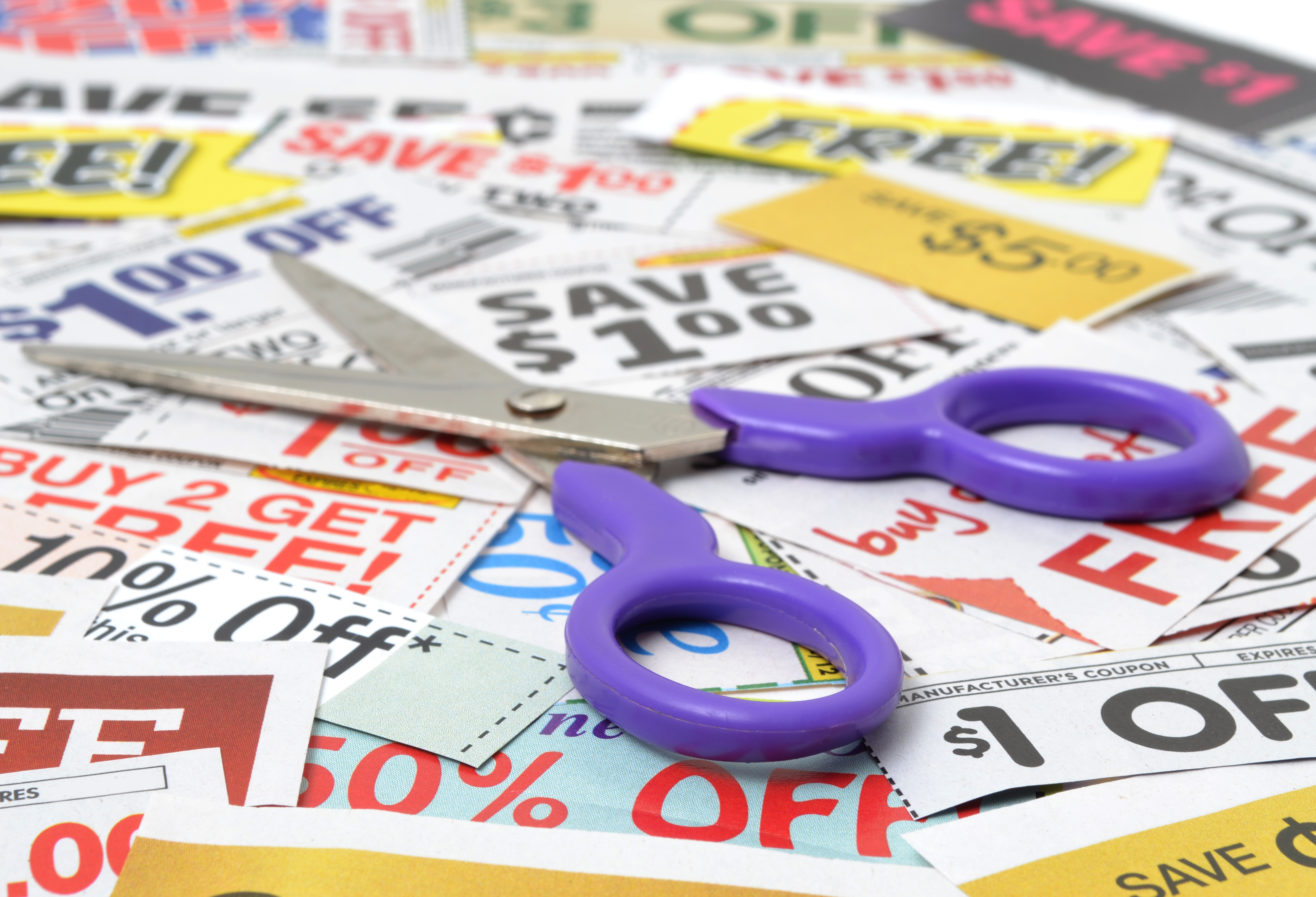Consider These Three Promotional Tactics in 2018

Deloitte predicted the US economy will grow moderately at 2.0% to 2.5% in 2018. As a reflection of this prediction, consumer spending continues to grow, which is certainly good news for food and beverage brands. While planning to capture some of this increased consumer spending through promotions this year, CPG brands may want to consider these three tactics.
-
Address millennial moms.
With millennials holding an estimated $200 billion in direct purchasing power annually and women making 85% of all purchase decisions, marketers would be wise to look after the desires of millennial moms. Unfortunately, however, a significant portion of millennial mothers seem to feel overlooked as 42% believe that most marketing and advertising is not geared toward women.
During a webinar last month, Heather Froelich, who is senior manager at Analytics, Inmar, presented an assessment of millennial moms. She explained that this consumer group is in-store at least once a week and spends over $100 per shopping trip.
Froelich encouraged pulling from a diverse mix of promotional tactics when addressing millennial moms: “Lean on those pre-shop messages that are reaching her at home, such as the freestanding insert, social content, or direct mail, to get your items on her list and drive awareness of where they can help her with her life. In-store, think about the tactics that you have available to help drive switching, or maybe incent her to buy one more, such as instant redeemable coupons, hand-outs, tear-pads or shelf-pads, and social content that is linked to the in-store experience. And then you can use the post-shop methods, such as Catalina, or on-pack, or even social content sharing-type rewards…”
-
Be mindful of brand safety.
With internet giants like Google having to address the threat of placing paid ads alongside inappropriate, illegitimate, or offensive content, many large brands have become more protective about where they place their ad spend.
JPMorgan Chase, for instance, recently found one of its ads on a fake news site. The company subsequently cut the number of sites where it runs ads from 400,000 to 5,000 whitelisted sites. Interestingly, this mass reduction had no adverse results on advertising scale and viewability.
Jake Davidow, Chase’s head of media buying, claimed “…everything kind of stayed the same…. It stands to reason that things should not have changed all that wildly. Ninety-eight percent of the URLs were crap, they were rubbish to begin with, and you’re throwing them out.”
Following Chase’s example, it may be best to pay for ads only on select, whitelisted sites.
-
Use coupons.
Apparently, a lot of people like coupons. In fact, 9 out of 10 people use them. Recent Nielsen research showed that circulars at home have an 85% household penetration rate and circulars in-store have a 79% household penetration.
By 2020, millennials’ annual spend is projected to reach $1.4 trillion or 30 percent of total retail sales. Obviously, this generation’s attention is important to catch. So what about millennials? Aren’t they too cool for coupons?
The answer is definitely not. 73% of millennials report finding coupons in print sources – like the newspaper or mail – prior to making shopping trips in comparison with 69% of gen X and 65% of baby boomers. With 20% of millennial moms on the Supplemental Nutritional Assistance Program (SNAP) compared to 12% of overall shoppers, millennials parents are especially likely to engage in coupon collecting.
While use of print coupons has decreased in recent years, digital coupon use has increased. In a survey by The Omnibus Company, nearly 7 in 10 consumers reported strongly believing that digital coupons positively impact a retailer’s brand, and the same proportion of consumers reported that coupons procure loyalty.
So, use coupons – especially digital ones.
Millennial moms, brand safety, and coupons. Be mindful of these topics in your promotional strategy this year, and your brand will likely benefit.
